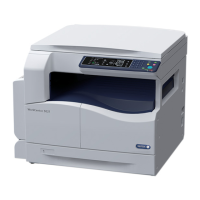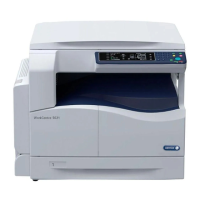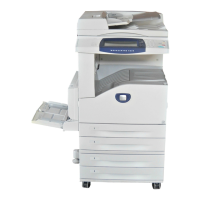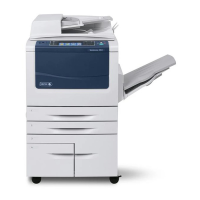TCP/IP (LPD or Port9100)
45
4) If you are using the Port9100 port, select the [Enabled] check box for
[Port9100]. If you are using the LPD port, select the [Enabled] check box for
[LPD].
NOTE: Confirm that the SNMP port is enabled. If not enabled, select the [Enabled]
check box for [SNMP]. For information on how to configure SNMP settings, refer to
SNMP Configuration on page 49
.
5) Click [Apply].
6) If prompted, enter the System Administrator user ID and passcode, and click
[OK].
NOTE: By default, the System Administrator user ID is "11111" and its passcode is not
set.
NOTE: You can also enable each port on the Control Panel of the machine in the
System Setting Mode. For more information, refer to
System Settings on page 109
.
4.
Depending on your requirements, configure the LPD or Port9100 settings.
1) Click the [Connectivity] folder, and then [Protocols] folder.
2) Click [LPD] or [Port9100].
3) Configure the required options.
The following table shows the information fields and settings on the [Port 9100] and
[LPD] pages.
Port Setting items Description
LPD General Protocol Displays whether the protocol is
enabled or disabled.
Physical Connection Displays "Ethernet".
Port Number Enter the port number within the range
of 1 to 65535.
Connection
Time-Out
Specify the connection time-out period
when transmission fails.
Maximum Number of
Sessions
Enter the maximum number of
sessions.
Port 9100 General Protocol Displays whether the protocol is
enabled or disabled.
Physical Connection Displays "Ethernet". This is a display-
only item.
Port
Information
TCP Port Number Enter the port number for Port 9100.
Bidirectional Displays whether the bidirectional
communication is enabled or disabled.
This is a display-only item.
Maximum
Connections per Port
Displays "8". This is a display-only item.
End of Job Timeout Specify the connection time-out period
when transmission fails.
PDL Switching Displays whether the PDL Switching
feature is enabled or disabled. This is a
display-only item.
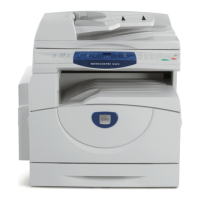
